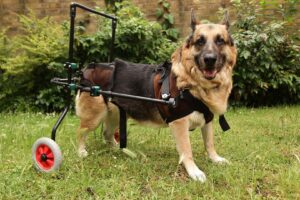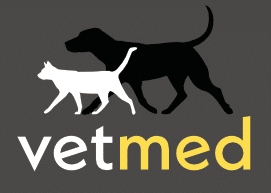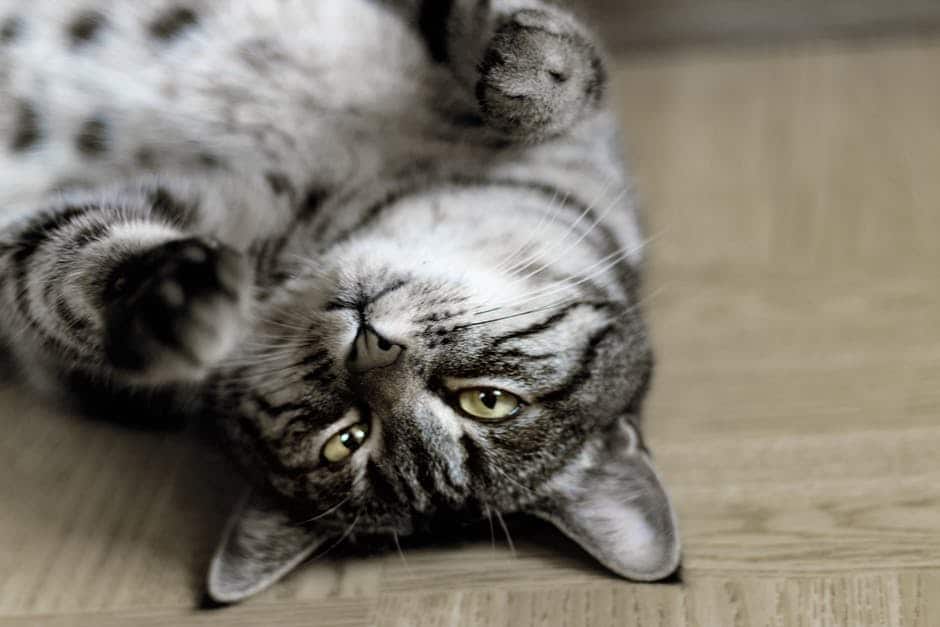Senior pets have certain limitations when it comes to running, jumping and climbing stairs. Depending on their overall health, they may also suffer from limited mobility. This is particularly seen in pets that have just come out of surgery.
Today we’re going to explore physical rehabilitation in older pets, giving you a guide to keeping your pet comfortable and helping them on the road to recovery.

Post-Operative Care
If your ageing pet has just come out of an operation, make sure you follow the post-operative instructions that are given to you by the vet. Your dog or cat may feel out of sorts in the days that follow the surgery but with proper rehabilitative care, your pet will be well on their way to complete recovery.
Exercises for Older Pets
While you should avoid stretching or strenuous exercise until after your pet has recovered, you can start with short walks once your pet starts to feel better.
There are 3 types of exercises that are ideal for older pets:
- General exercises that improve balance such as cookie reaches, walking, and stepping over cavaletti poles (for dogs)
- Exercises that involve a passive range of motion such as forelimb flexion, hip and stifle extension, hind limb flexion, and shoulder and elbow extension.
- Exercises that target special muscles like the hamstrings. These include side-stepping exercises, lateral movements, walking uphill, and climbing stairs.
If you’ve been instructed by your vet, you may be able to help your pet with these exercises. If not, you must hire the services of a professional dog trainer so that you don’t hurt your pet.
Conditions That Limit Mobility
Some of the most common conditions that limit your pet’s mobility include osteoarthritis and Lyme disease. Pet’s that have osteoarthritis suffer from joint pain and inflammation. They may be reluctant to move around and they may cry when you touch the affected body parts. Pet’s also suffer from limited mobility when they accidentally tear their ligaments.
How to Deal with Pets That Have Limited Mobility:
- Identify the real cause of restricted mobility by visiting the vet
- Continue to encourage your pet to engage in play, unless otherwise directed
- Swap strenuous exercise with short walks, swims or a small game of fetch once a day. The goal is to get your pet to participate in moderately intense activities for 10 to 15 minutes, at least three times a week.
- Modify your pet’s diet if they are overweight. You could either give them low carbohydrate, high protein meals or reduce the portion size.
- Dogs suffering from osteoarthritis could benefit from supplements that contain glucosamine and chondroitin. Ask your vet if your pet would benefit from these supplements.
There are many other rehabilitative therapies that your pet could benefit from. These include acupuncture, cryotherapy, chiropractic manipulation, bioelectric whirlpool therapy, and pulsed signal therapy. Your vet will be able to help you choose the best therapies for your pet.
Choosing VetMed Hospitals
VetMed is committed to offering high quality veterinary care at our hospitals and pet boarding facilities in Sydney. All three of our clinics are equipped with the latest diagnostic tools and treatment options and we hire some of the most experienced veterinary practitioners in the nation. If you would like to learn more about rehabilitation for your pet, don’t hesitate to contact our team today.

